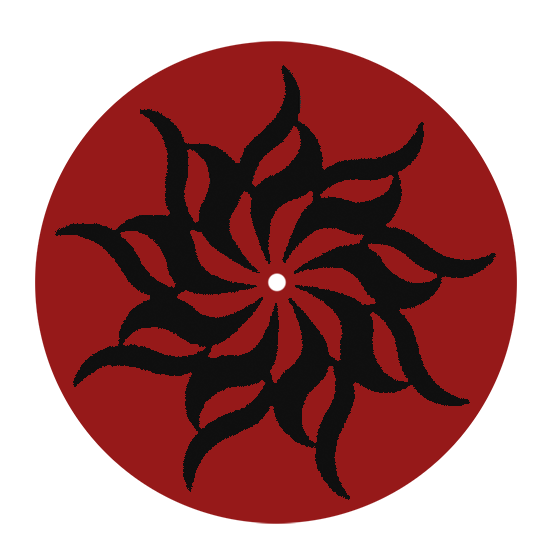Pādavinyāsa (feet and toes positions)
Name and translation of the primary pādavinyāsa-s:
pāda = the foot, the leg
ekapāda = one foot / leg
dvipāda = both feet / legs
pādahasta (hand/s on the foot/feet)
baddha ratnipāda (foot fasted by the elbow)
aśvapāda = horse step or lunge; front leg with knee at 90° and back leg full straight with ankle at 90°;
kapotāpāda = pigeon leg; the leg is bent with the outer-side of the shin, thigh and gluteus in contact with the floor flat into the horizontal plane, the knee pointed outwards with the heel in the same vertical plane of the knee.
ardhakapotāpāda = like the kapotāpāda but with the heel closer to the perineum (thus knee and heel are not anymore in the same vertical plane);
hastādhāra kapotapāda = pigeon leg supported on the arms
ākuñcitapāda = leg with the bent knee (tucked on the floor).
ardha aśvapāda = half horse step with the front leg or or half lunge;
paripūrṇa aśvapāda = full horse step or full lunge; the front leg with knee posting forward (<45°) while the back leg is full straight with ankle at 90°
jānu paripūrṇa aśvapāda = knee-stand full horse step; the front leg with knee posting forward (<45°) while the back leg stands on the knee with the foot posting towards the head
samapāda: standing with the big-toes closed together;
maṇḍala samapāda: standing with the heels closed together
and the big-toes fully apart creating 180˚
prasāritapāda: with feet widely apart (stretch out)
viralapāda: standing with feet hips’s width apart
viralāṅguli: stretching the toes wide apart
pādāṅguṣṭha: standing on the big-toes;
pādabaddha: bound or held together by feet
baka-pāda = crane-legs or legs bend with big toes closed together
sālambha ekapāda = with one leg supported
sālambha dvipāda = with both legs supported
